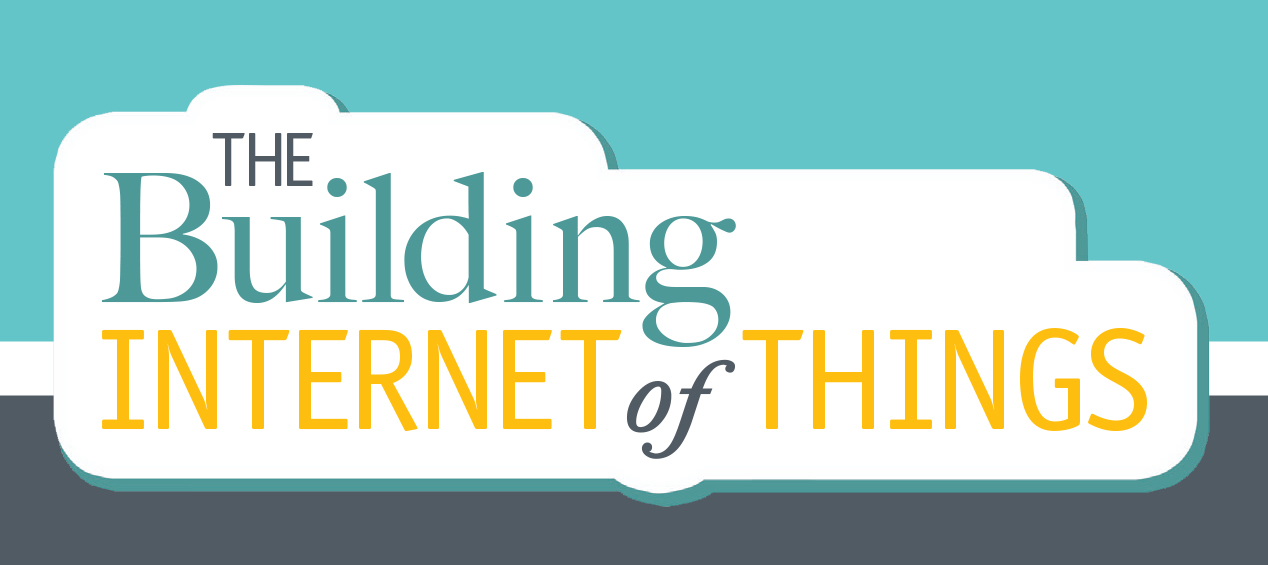« Back to Facilities Management Building Automation Category Home
Mitsubishi Electric US Inc.: IoT gives facility professionals HVACR access at any time from any place
October 23, 2015
- Building Automation

Question: What advantages does IoT technology provide for facility professionals today?
Answer: “With everyone’s reliance on and fondness for cell phones and tablets, end users want to operate their HVACR products via mobile devices, or for larger commercial operations, through an advanced controls system. Facility professionals are demanding access at any time from any place, and the emergence of IoT makes that possible. Maybe a school district’s facility manager wants the ability to monitor and control systems for multiple schools throughout the district from a single interface. Building automation technology, riding the wave of IoT, makes that possible.”
Question: Are the benefits and advantages of IoT technology being realized today, and can you provide a specific example?
Answer: “While we do believe that IoT technology will advance much further in the future, today’s version of IoT is still beneficial and impressive. Coming from an HVAC perspective, we look at how the Internet and its resulting connectivity have enabled manufacturers to make strides in efficiencies and operational ease.
“Consider equipment controls. Previously each system in a building was its own separate entity — the HVAC system, the lighting, the external water feature, the elevators, etc. A facility manager’s job is to oversee the operation of each system, which meant separate inspections of each entity to ensure proper operation. Further, each system was independent, and the knowledge gained in one system could not seamlessly be used to make the building operate smarter. Picture an office closing up for the night; everyone leaves and they forget to turn off the overhead lights. Before IoT and Internet-based connectivity, the HVAC’s occupancy sensor would signal that everyone had left and automatically adjust the temperature to save energy. But the overhead lighting system — without such a sensor — couldn’t communicate with the HVAC system to gain occupancy knowledge; so the lights would stay on all night, wasting energy.
“With modern-day controls, the HVAC and lighting systems can collaborate, leading to more efficient building management. Likewise the same building control mechanism can operate the external water feature and elevators, among other mechanical systems. That control panel can be accessed on the facility manager’s tablet at 3:30 a.m. while he’s several time zones away on vacation. The prevalence of IoT has not changed a manager’s role — to oversee the operation of each system in the building — but the manager’s effectiveness in performing this work has increased significantly. The IoT has enabled automated systems to work together, sharing knowledge, leading to smarter building operation.”
Source: Kevin Miskewicz, Senior Manager, Commercial Marketing, Mitsubishi Electric US Inc., Cooling & Heating Division.
For more insights on the products, technology, benefits and challenges of the Building Internet of Things, visit www.FacilitiesNet.com/IoT








